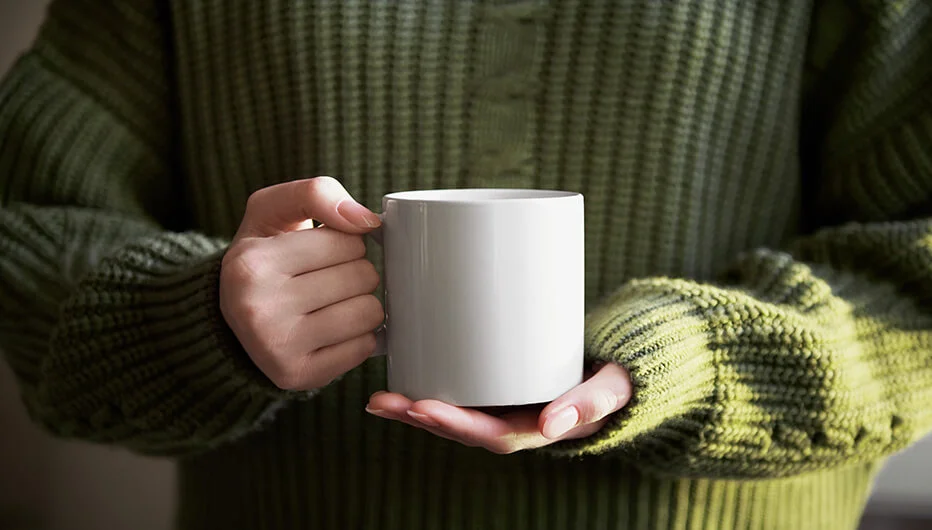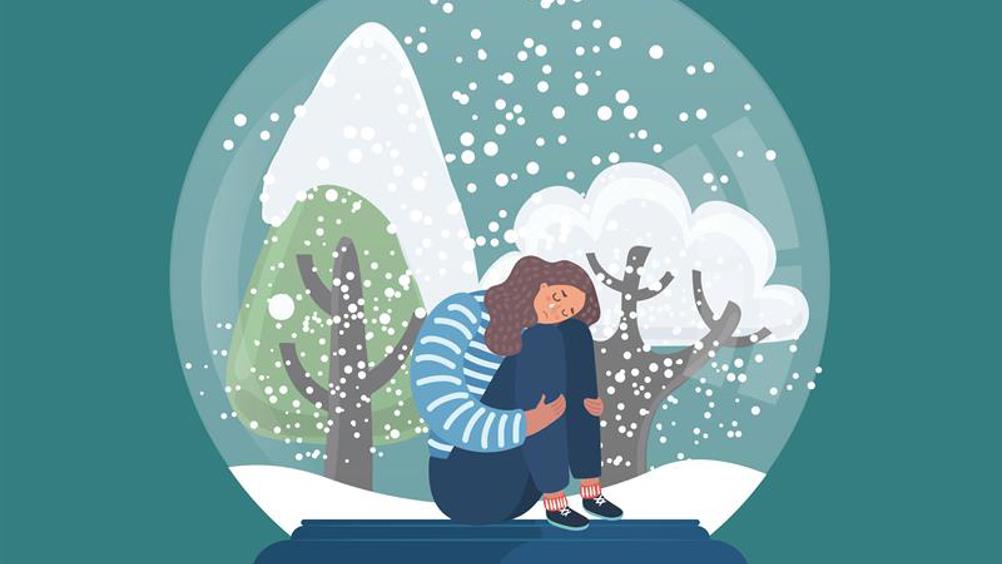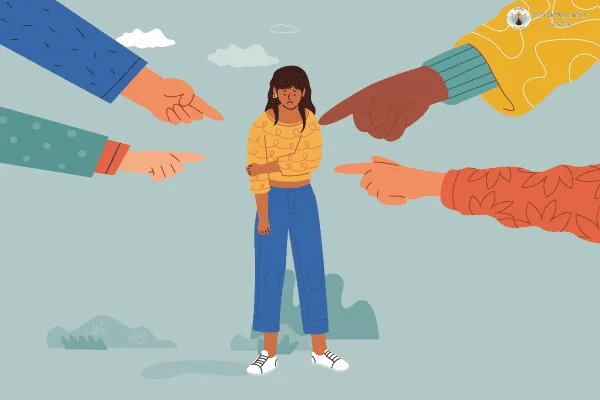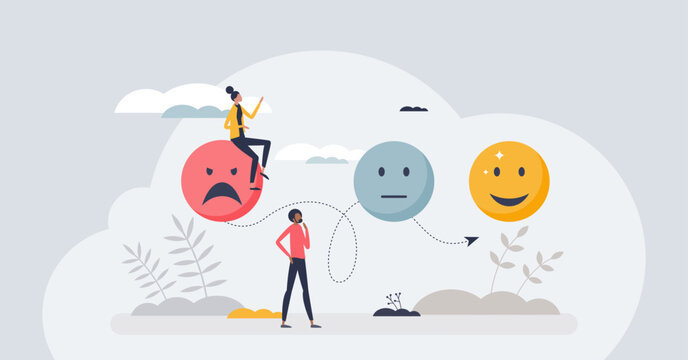
As daylight dwindles and the air turns colder, many people begin to feel sluggish, melancholic, or emotionally distant. While this is often brushed off as the “winter blues,” for millions of individuals, it signals something deeper and more disruptive: Seasonal Affective Disorder (SAD). This recurring form of depression is triggered by seasonal changes and can significantly impact mental, emotional, and even physical well-being. The signs may appear subtly at first, but left unaddressed, they can spiral into a yearly cycle of low mood and fatigue.
In this article, we’ll explore what seasonal affective disorder symptoms really feel like, how to identify them early, and how to manage or even prevent their return—based on psychology research, brain chemistry, and everyday experiences. Our goal is to bring awareness to an often-misunderstood condition that affects quality of life every winter.
What Exactly Is Seasonal Affective Disorder?
Seasonal Affective Disorder is a recurrent depressive condition that occurs at specific times of the year, most commonly beginning in late fall and continuing through the winter months. While it shares symptoms with major depressive disorder, what makes SAD unique is its predictable seasonal pattern.
Experts believe the condition is triggered by reduced sunlight exposure, which disrupts the body’s internal clock (circadian rhythm), lowers serotonin levels (a brain chemical that affects mood), and increases melatonin (a hormone that regulates sleep). The result? A potent combination of exhaustion, sadness, cravings, and social withdrawal.
Common Seasonal Affective Disorder Symptoms
While the experience varies from person to person, most individuals with SAD report some or all of the following symptoms:
-
Persistent feelings of sadness or despair
-
Oversleeping or difficulty waking up in the morning
-
Loss of interest in activities once enjoyed
-
Fatigue, even after a full night’s sleep
-
Difficulty concentrating or focusing
-
Social withdrawal and isolation
-
Increased appetite, particularly for carbs or sweets
-
Unexplained weight gain
These seasonal affective disorder symptoms often begin mildly and intensify as the winter progresses. If left unaddressed, they can lead to serious disruptions in work, relationships, and daily functioning.
Learn more about depression symptoms from the National Institute of Mental Health
Who’s at Risk?
Though anyone can develop SAD, certain factors increase the likelihood:
-
Geographic Location: Living farther from the equator, where winter days are shorter and darker
-
Gender: Women are up to four times more likely to be diagnosed than men
-
Family History: Genetics play a role; those with relatives who have depression or SAD are more susceptible
-
Existing Mental Health Conditions: Individuals with anxiety, bipolar disorder, or depression may be more vulnerable
-
Vitamin D Deficiency: Lower levels of vitamin D, often due to lack of sunlight, are linked with depressive symptoms
The Science Behind SAD: Why Light Matters
Sunlight plays a critical role in maintaining our circadian rhythm and mood. When it’s reduced in fall and winter:
-
Melatonin production increases, making us feel drowsy and unmotivated
-
Serotonin levels decline, contributing to depression and irritability
-
Vitamin D drops, weakening both immune function and emotional balance
These changes can trigger or worsen seasonal affective disorder symptoms, creating a feedback loop that reinforces sadness, fatigue, and social disconnection.
For a more technical breakdown, visit Harvard Medical School’s light and brain health resource.
When SAD Isn’t Just About Winter
While most SAD cases occur in the colder months, a smaller percentage of people experience symptoms during spring or summer. This form of “reverse SAD” may include insomnia, anxiety, weight loss, and even irritability. It’s rare but valid—and requires different coping strategies, such as cooling environments and managing overstimulation.
How to Recognize the Early Signs of SAD
Identifying SAD early is critical to managing it effectively. Ask yourself:
-
Do I start feeling “off” every October or November?
-
Do I struggle with mornings and crave carbs each winter?
-
Do I withdraw from social situations during colder months?
-
Have I noticed these symptoms fading as spring returns?
If the answer is “yes” to most of these, you may be experiencing seasonal affective disorder symptoms and should consult a mental health provider.
How Is Seasonal Affective Disorder Diagnosed?
Doctors typically follow these criteria:
-
Symptoms have occurred during the same season (typically winter) for at least two consecutive years
-
Symptoms resemble depression, with marked impact on daily functioning
-
Other mental health or physical conditions have been ruled out
You might be asked to fill out mood questionnaires or keep a journal tracking sleep, activity, and mood patterns.
Proven Treatments for Seasonal Affective Disorder
1. Bright Light Therapy
This is the most effective and immediate treatment. It involves sitting near a 10,000 lux light box for 20–30 minutes each morning, simulating the benefits of daylight. Many patients report mood improvements within one to two weeks.
For device recommendations, explore Mayo Clinic’s guide to SAD light therapy lamps
2. Cognitive Behavioral Therapy (CBT)
CBT tailored for SAD helps change negative thought cycles and behaviors. It also equips individuals with coping tools and preventive strategies for managing future episodes.
3. Antidepressant Medication
SSRIs like fluoxetine or bupropion are commonly prescribed. Bupropion is unique in that it can also be used preventatively before winter begins.
4. Vitamin D Supplementation
If blood tests reveal a deficiency, supplementation may ease mood issues related to SAD.
5. Exercise and Outdoor Exposure
Engaging in physical activity—especially outside during daylight—can increase serotonin and endorphins, both critical to mood regulation.
Lifestyle Adjustments for Everyday Relief
Managing seasonal affective disorder symptoms doesn’t always require medication or therapy. Sometimes, adjusting your daily routine helps restore energy and positivity:
-
Wake early and open blinds to maximize exposure to natural light
-
Stay active even if it’s just a brisk 30-minute walk
-
Limit alcohol and caffeine, which can affect mood and sleep
-
Keep social—don’t cancel that coffee date
-
Establish routines that create predictability and reduce stress
Seasonal Affective Disorder in Children and Teens
Though often overlooked, SAD can affect young people too. Watch for:
-
Declining school performance
-
Changes in sleep and appetite
-
Increased irritability or sadness
-
Social withdrawal
Open dialogue, consistent routines, light exposure, and gentle encouragement are key to helping children navigate seasonal changes.
Can SAD Be Prevented?
Yes—and prevention is often easier than treatment. Consider these proactive steps:
-
Begin light therapy in early fall before symptoms start
-
Maintain a consistent sleep-wake schedule
-
Prioritize outdoor time, especially midday
-
Create a winter coping plan with supportive routines
-
Start therapy or medication before the cold season if you’re prone to SAD
When to Seek Professional Help
If your symptoms:
-
Last longer than two weeks
-
Interfere with work or relationships
-
Include suicidal thoughts
-
Feel out of your control
Don’t wait. Seek help from a licensed therapist or psychiatrist. Early intervention leads to better long-term outcomes.
You can find help through national directories like Psychology Today’s Find a Therapist tool.
FAQ – Seasonal Affective Disorder Symptoms
Q1: What are the early signs of seasonal affective disorder?
Q2: How long do seasonal affective disorder symptoms last?
Q3: Is light therapy safe for everyone?
Q4: Can seasonal affective disorder occur in summer?
Q5: Does SAD get worse without treatment?
Q6: Can diet and lifestyle changes really help SAD?
Final Thoughts
Seasonal Affective Disorder is real, cyclical, and surprisingly common. It’s not just “feeling down” or disliking winter—it’s a diagnosable condition rooted in biology, brain chemistry, and environment. The good news is that with awareness, early intervention, and consistent treatment, it’s also manageable.
Don’t ignore seasonal affective disorder symptoms when they appear. By combining self-care, science-backed therapy, and professional support, you can navigate even the darkest season with clarity and hope.






